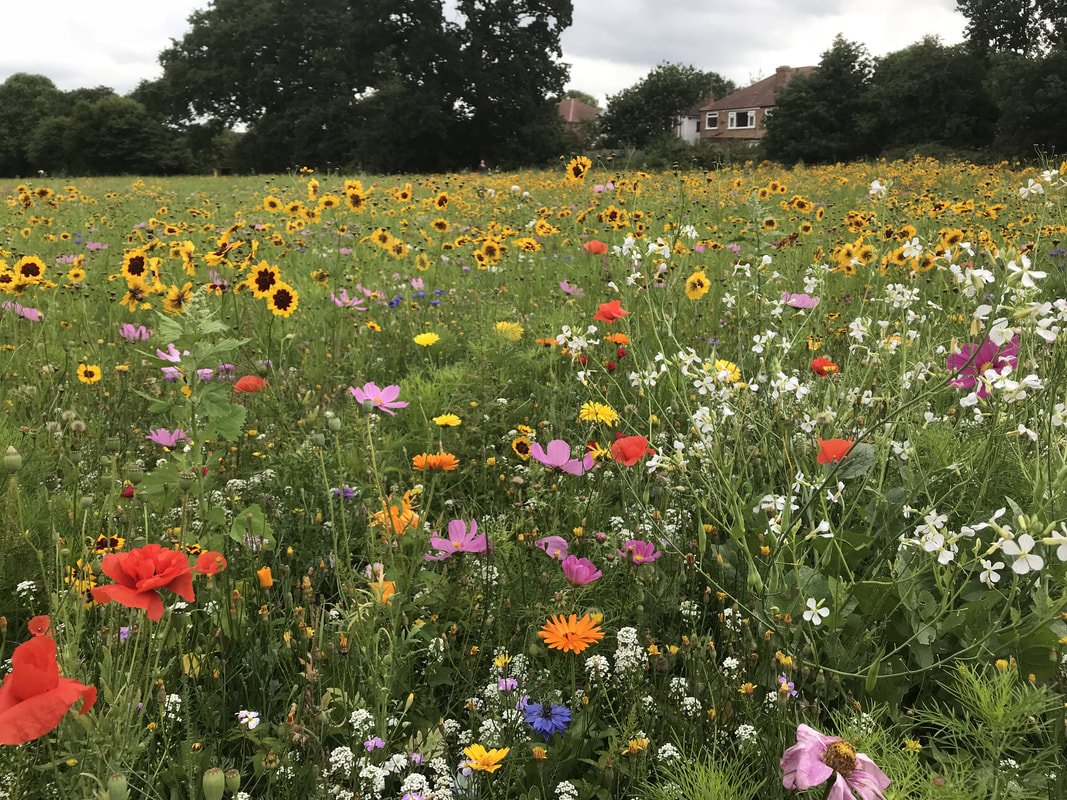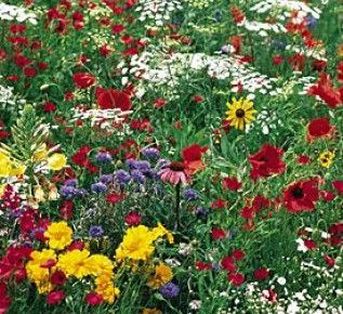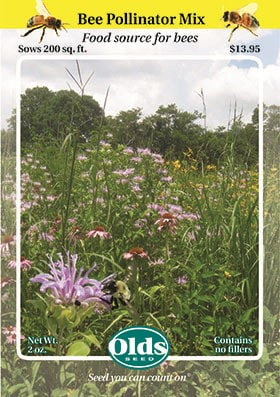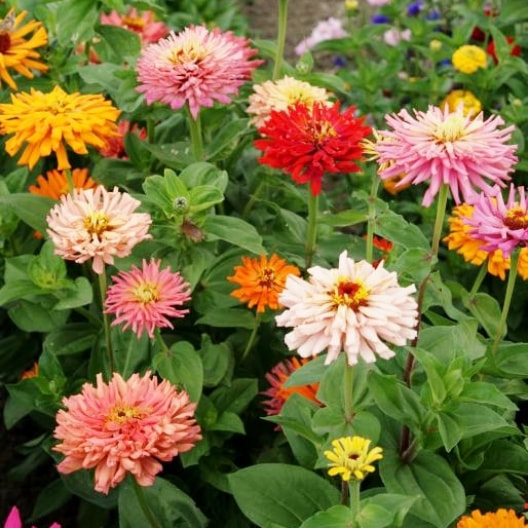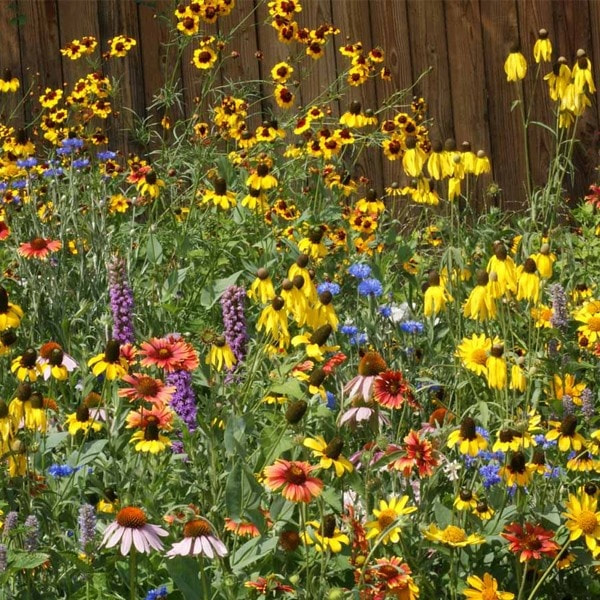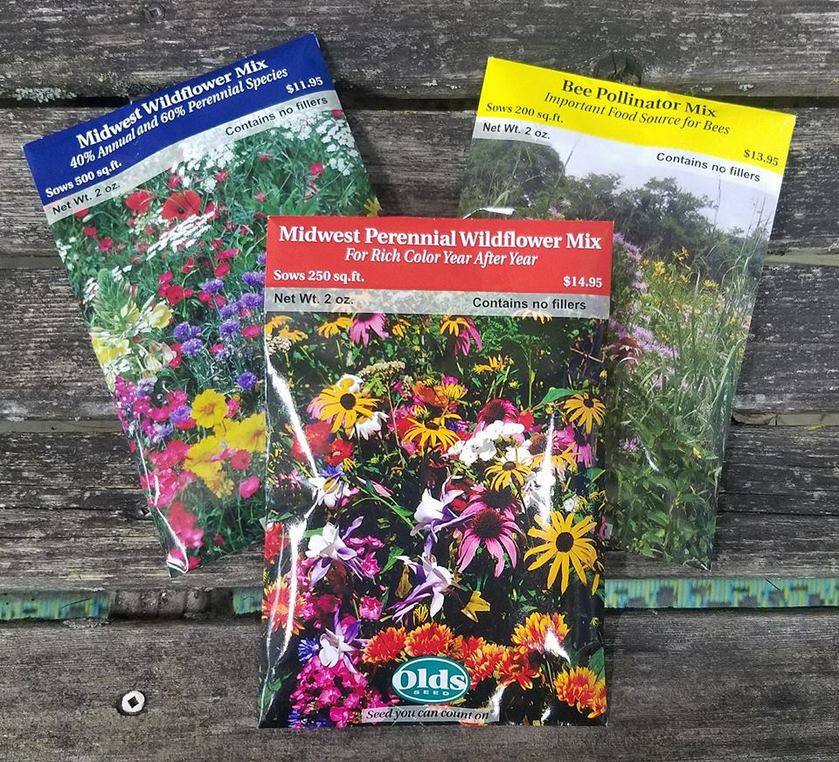|
3/6/2018 2 Comments Growing WildflowersHave you ever heard a garden hum? One that not only hums but is full of movement - alive with butterflies and buzzing bees? Plant a bit of earth with wildflowers and you will have such a garden. But two questions may come to mind: 'why?' and 'how?' Hopefully the 'why' is obvious as they attract pollinators into the garden which help plants, especially fruits and vegetables, grow better which means more food on the table. And the 'how'? The easiest way to begin is with seeds. Following are several wildflower seed mixes that are available here at BGC. We love these mixes from Olds Seed not only because of the colorful combinations of flowers and native grasses, but they contain no fillers or inert ingredients. It's pure seed! I've also included a few tips on growing them successfully as well as a challenge for all of us to consider.
Basic Steps to Growing Wildflowers 1. Decide what to plant If you want color the first year, choose a mix that contains annual flower varieties. Perennials will bloom the second year from seed. For lots of color, sow the heavier recommended amount. 2. Where and when will you plant? Most wildflower seed mixes require a site that receives at least six hours of sun. Sow in spring when the soil has warmed - mid to late May and into early June. 3. Clean and prep your site Remove existing vegetation, then till shallow or loosen soil with a rake or hoe for good seed-soil contact. On sloped areas use a mat for erosion control. 4. Sowing tips It is best to sow wildflower seeds with a carrier like sand. Milorganite works even better! Mix approximately one handful of seed with one quart of carrier. Lightly rake the seed in not covering more than 1/8" to 1/4". Keep area moist for several weeks until most seeds germinate. 5. First year care Seedlings will emerge in 2-3 weeks. You'll see flowers in 6-10 weeks. If it has become a weed patch by mid-summer, mow with the deck set at the highest setting before weeds set seed. During dry spells, water deeply every two weeks. After the flowers have set seed in the fall, mow at 4-6" to scatter the seed. Do this only the first fall. 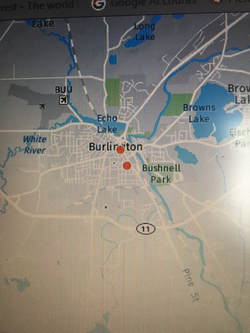 Are you up for a challenge? Be part of a movement to create one million pollinator gardens. To the left is a photo of the number that have registered in Burlington. Two! Come on, everyone! We can do better than that! Join our staff and follow the link below to take the challenge and bee one in a million! millionpollinatorgardens.org/ Be sure to pick up a free brochure with more planting tips next time you visit us at BGC. See you soon! Tracy Hankwitz Burlington Garden Center General Manager & Horticulturist
2 Comments
|
|
|
STORE INFO
5205 Mormon Road Burlington, WI 53105 262.763.2153 |

